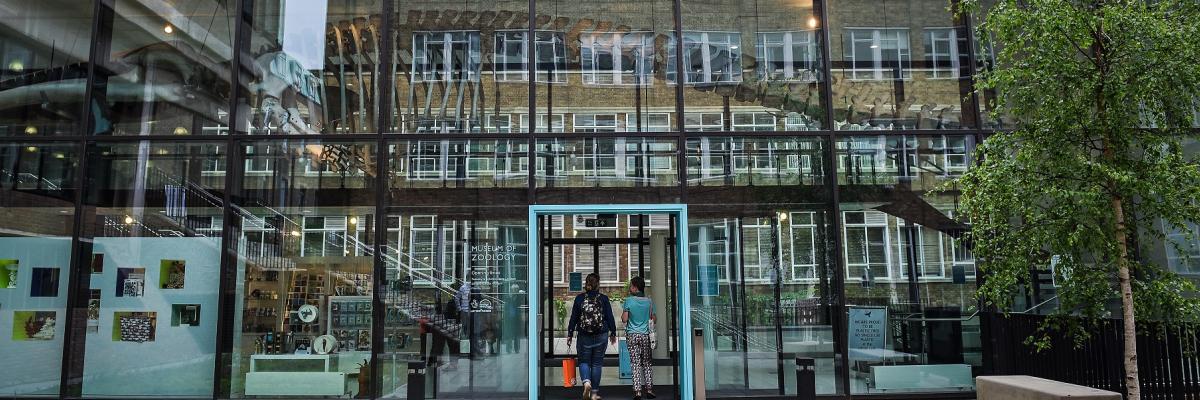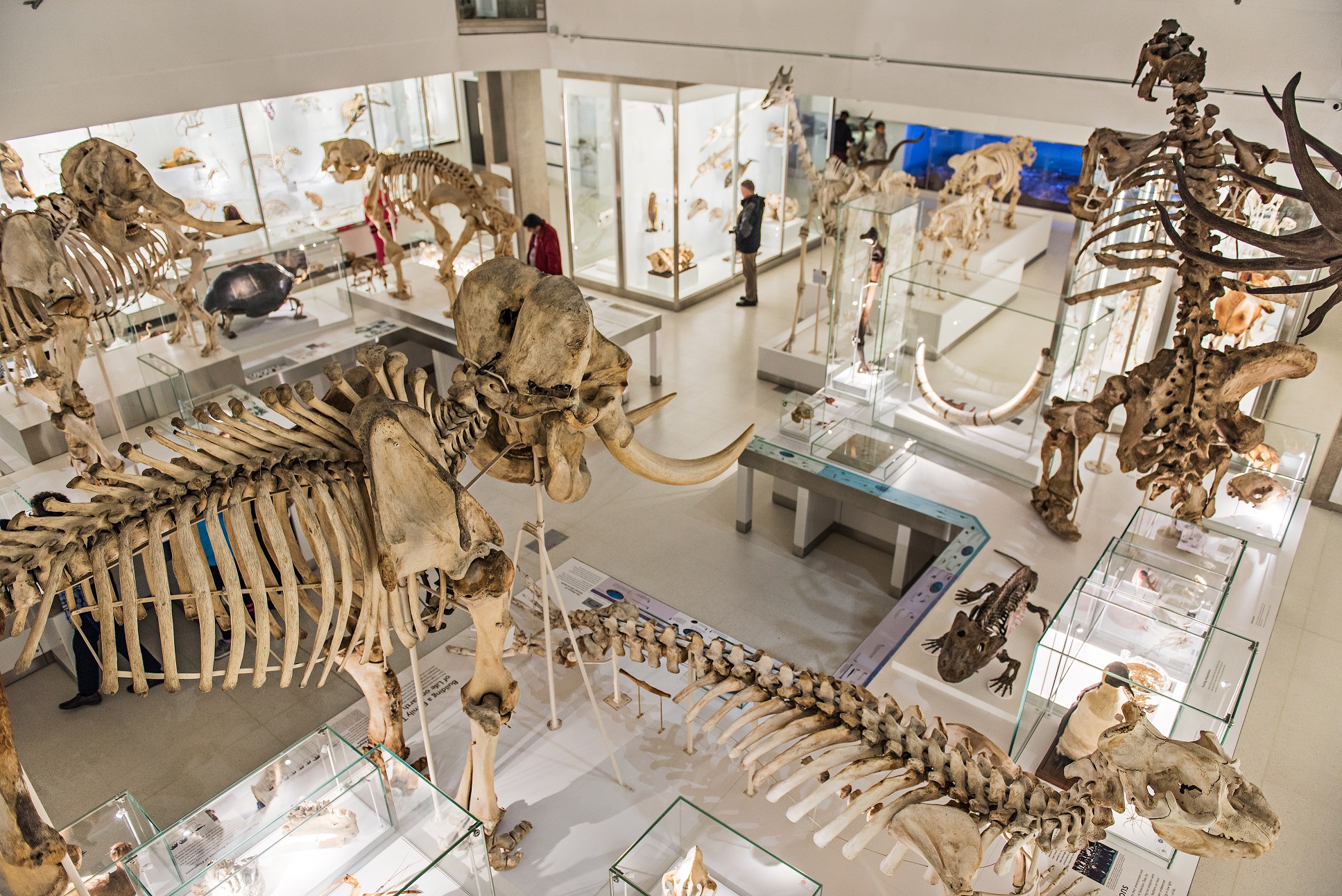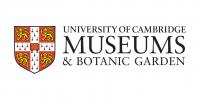
Submitted by Tricia Harnett on Mon, 11/02/2019 - 14:41
The University Museum of Zoology has attracted its first 100,000 visitors since opening in June 2018. Visitor numbers have grown more rapidly than expected, significantly exceeding targets set prior to opening.
Director of the Museum, Professor Paul Brakefield said ‘It is very encouraging to see visitors come to the Museum in such substantial numbers. We have had a very successful few months since opening, offering lots of events, activities as well as our first major exhibition. Visitor feedback on the new galleries has been overwhelmingly positive. Exciting times indeed!’
Part of the National Lottery funded redevelopment includes a brand new glass entrance, to house a Cambridge icon – the skeleton of a 21 metre fin whale. The galleries – which are free to enter – have also been completely refurbished, thanks to almost £2 million funding raised by National Lottery players.
Museum Manager, Jack Ashby said ‘I am delighted that the visitor numbers are so high. We offer the visitor a chance to see all kinds of animals, from elephants to butterflies, including some rare extinct species, such as the dodo and giant sloth. With over two million specimens, it is one of the largest and most important natural history collections in the UK and we are so lucky to have it here in Cambridge. We are very excited to see just how many people continue to visit throughout the rest of this first year of our new existence.’
The Museum offers many events from talks to workshops, late night events for adults and hands-on activities for children, including the opportunity to become a ‘Zoologist for a Day’. Gallery tours run regularly, and the Museum also offers ‘take a closer look’ sessions, where you can see items that are not usually on public display. Many of the events are free of charge.
The National Lottery Heritage Fund awarded a grant of £1.96 million towards a total of £4.1 million for the five-year redevelopment project. This funding has supported the complete renovation of the Museum, including the construction of new stores to preserve the scientifically and historically important specimens not on display.






